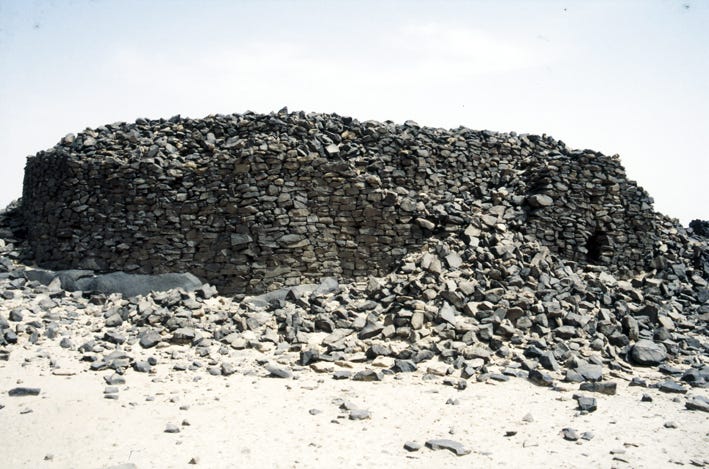a brief note on the origin of African civilizations
plus, the Nok Neolithic culture.
Beginning around 12,000 years ago, a wide-ranging set of developments emerged independently in several societies across the world. Plants and animals were domesticated, pottery and advanced tools appeared, and settlements were established. This archeological period, often refered to as the 'Neolithic' or 'Late stone Age', was protracted and diverse, with different features appearing in different regions at different time periods —and no region exhibits this diversity more than Africa.
The earliest domesticates, advanced tools and permanent settlements in Africa first appear in the Upper and Middle Nile Valley in what is today Egypt and Sudan between 9,000-5,000 BC. This region was home to several ancient cultures that were part of a shared Neolithic tradition that eventually gave rise to the first states, with dynastic Egypt around 3,000BC and the Kerma kingdom around 2,500BC. A similar process in the Northern Horn of Africa saw Neolithic cultures emerging around 2,700BC, prior to the rise of the D'MT polity around 900BC and the Aksumite kingdom by the turn of the common era.
In West Africa, Neolithic cultures emerged between the 3rd and 2nd millennium BC. This was a dynamic period with substantial changes of settlement systems, economy, technology, and land use. Due to increasing aridity, human occupation gradually shifted from the drying Sahara into the more humid areas of West Africa. There was considerable variability in these developments, with pottery, livestock and cereal agriculture appearing as early as the 6th millennium BC, thus preceeding permanent settlements and iron tools by several millennia. The period was later suceeded by the emergence of large sedentary communities, the first cities (eg; Jenne-Jeno) and early states (eg; the Ghana empire) during the 1st millennium BC and 1st millennium CE.
Map showing Africa’s oldest Neolithic cultures as well as sites with early archaeobotanical evidence for the spread of major African crops. (original map by Dorian Fuller & Elisabeth Hildebrand)
Only a few West African Neolithic cultures with complete archaeological traditions, including material culture, settlement and socio-economic systems, have been studied for this period. The most distinctive are the Tichitt tradition of southern Mauritania (2200-400 BC), the Kintampo culture of Ghana (2100–1400 BC), the Gajiganna culture of North-east Nigeria (1800–800 BC), and the Nok culture of central Nigeria (1500–1 BC). The Nok culture is unique and renowned because of its elaborate terracotta sculptures, as well as providing the earliest evidence of iron smelting in west Africa.
My latest Patreon article explores the history and significance of the Nok culture in the origins of African kingdoms, institutions and inventions:
Ruins of the ancient town of Dakhlet el Atrouss-I in south-eastern Mauritania, that was built during the classic Tichitt phase (1600BC-1000BC). Measuring over 300ha and with an estimated population of 10,000 at its height, the town is one of Africa’s oldest urban settlements.
(photos by Robert Vernet)





